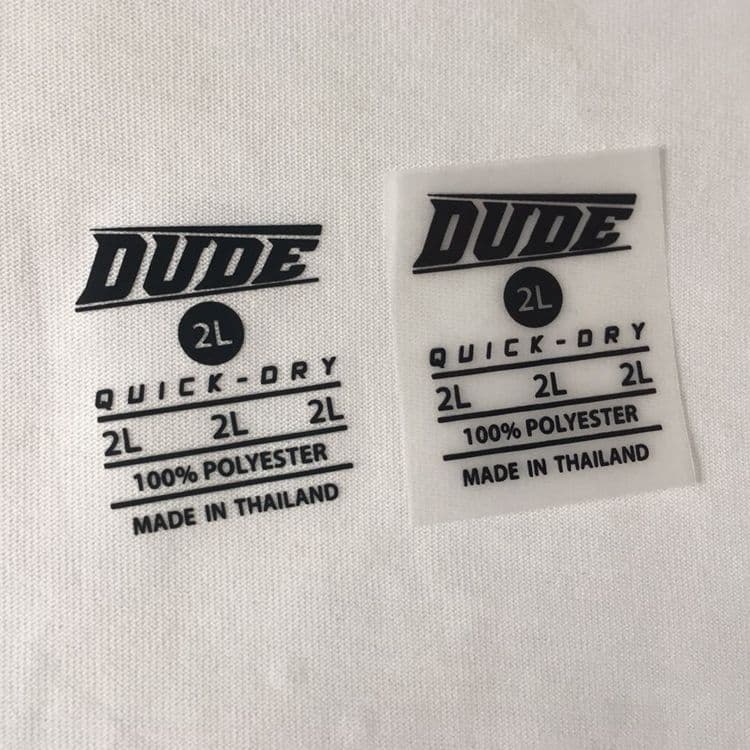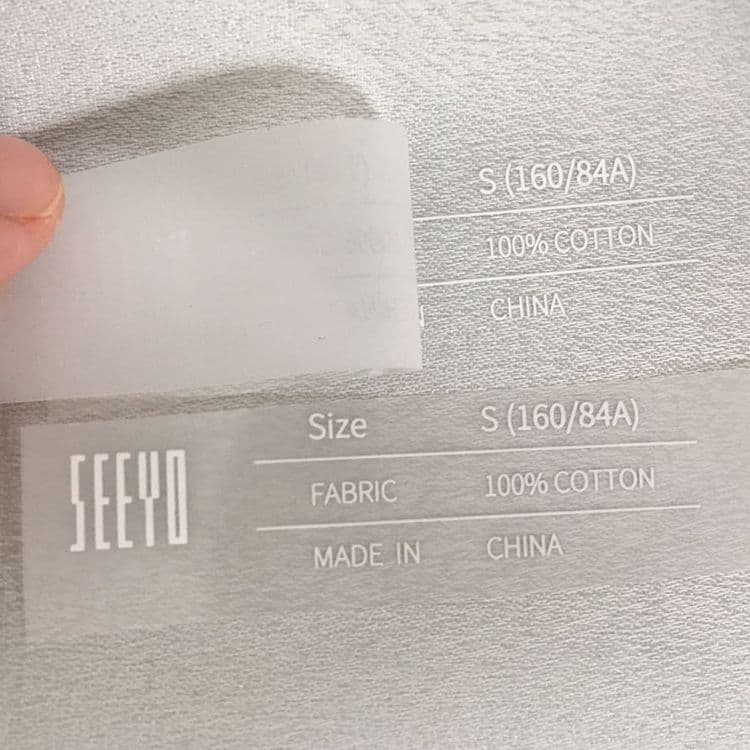Tagless labels are widely used in children’s clothing, shirts, underwear, and other clothing that are in direct contact with the skin due to their comfort. The comfort of clothing labels is a major concern and a possible source of a brand reputation for apparel manufacturers and designers. A tagless label will undoubtedly increase the likelihood of purchase for consumers who dislike labels and prefer a smooth surface.
Our heat transfer tagless labels are an excellent alternative to traditional sewn labels because they reduce friction between the label and the skin, allowing you to barely feel the label. These labels not only tell consumers about products but also ensure that they are comfortable to wear. We offer custom heat transfer tagless labels with your logo, clothing size, or care instructions.
Gallery of tagless labels
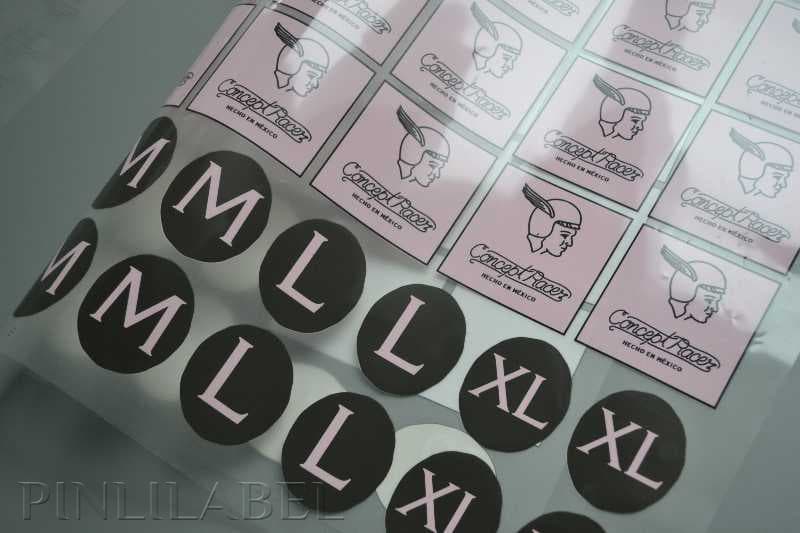
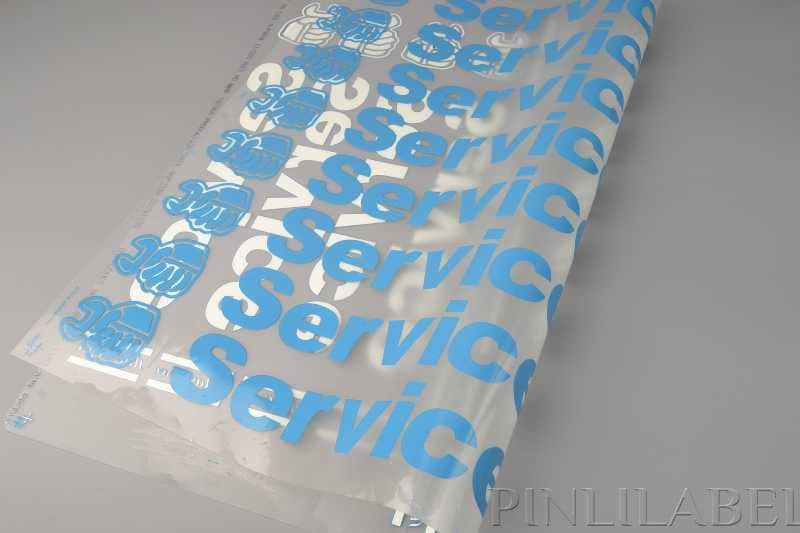
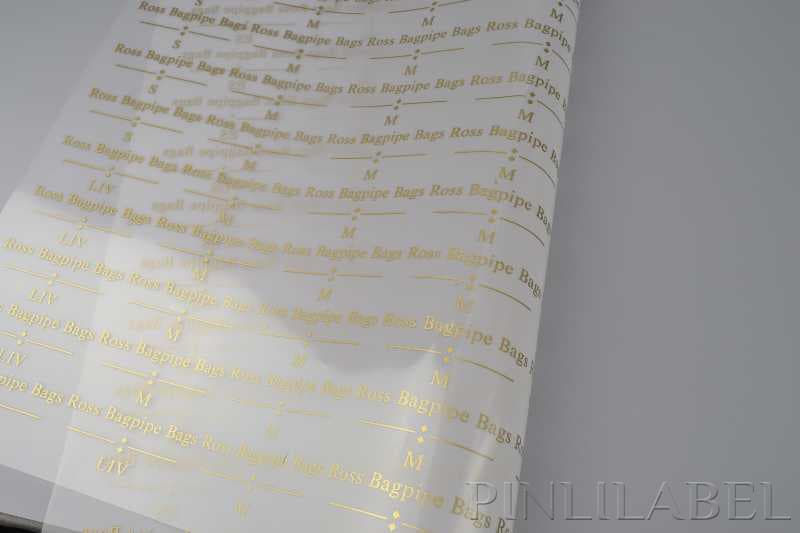
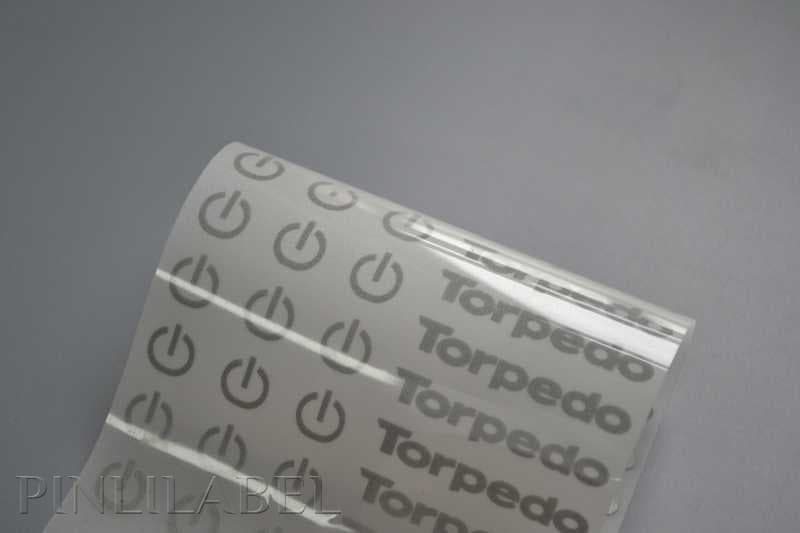
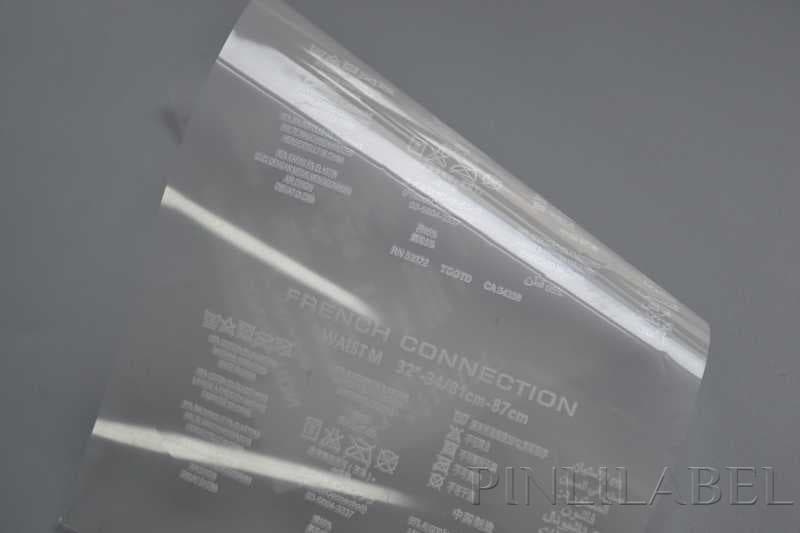
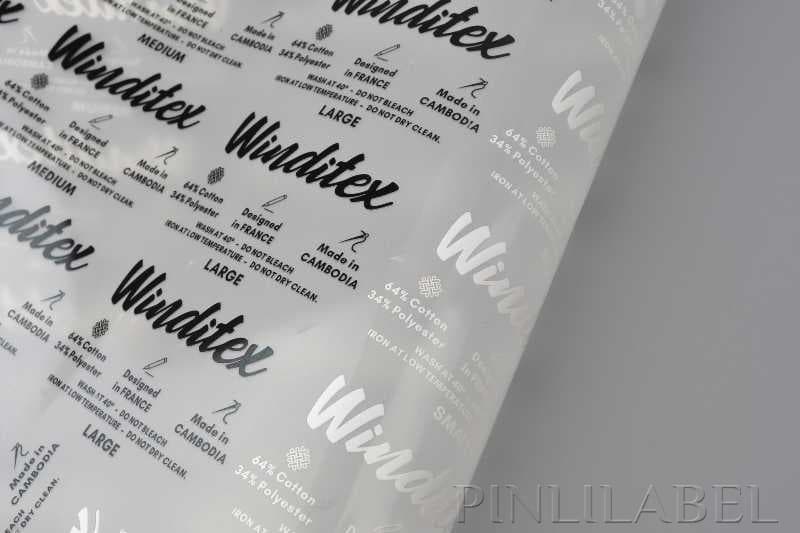
Persistent problems
The majority of inside labels are fabric labels, which are common in the clothing industry. There are three types of fabric labels: cut-edge fabric labels, flat fabric labels, and satin labels. However, regardless of the label, it has a certain thickness and hardness due to the repeated preparation method. Even some size labels at the collar and waist are made of stiff fabric, which irritates babies and children and makes the wearer itchy.
When you notice tags rubbing against your skin, your first reaction is to cut them along the edges, but this leaves some jagged edges, exacerbating the itching. Alternatively, you can cut the stitched thread, but some fabric labels have double thread firmly sewn onto the garment, and you may damage the garment during the removal process.
Furthermore, if you cut off the label and then want to return it, you’ll be in even more trouble.
The origin of the tagless labels
In 2002, Hanes, an American menswear brand owned by Sara Lee Corporation, introduced the first tagless label. Since 1920, Hanes has conducted market research and found that small tags sewn into the neckline irritate the wearer’s skin. After more than four decades of fretting, Hanes launched its tagless labeled shirts, boxers, and briefs to great success. The tagless label is therefore accepted by the majority of consumers. Many brands have followed suit.
What exactly are tagless labels?
Tagless labels, as opposed to tear-off labels, use heat transfer technology with high temperature and high pressure to soak the ink deep into the fabric. A small amount of glue and water-based ink is mixed with both to ensure that there is no visible glue edge and that the label does not fall off after washing.
These labels can ensure the most secure and comfortable skin contact possible. Now, they are used on the vast majority of baby clothes, underwear, socks, warm clothes, loungewear, and other intimate wear on the market.
Why choose tagless labels?
Few fabric limitations
It can be applied to almost any fabric, such as 100% cotton, 100% polyester, polyester blend, sports, stretch fabrics (Lycra, spandex, elastane, etc.), etc.
Good resilience
To ensure that the ink remains on the fabric after extreme stretching, we can use an ink formula with a high-stretch effect. This also means that the pattern may break, but the pattern will remain in place as long as the fabric can spring back.
Glue-free edge
Tagless labels can do fine lines without glue edges, which few iron-on labels can. Its finest line measures 0.2mm.
In addition to providing customers with a more comfortable wearing experience in the form of tagless labels, these labels also benefit manufacturers.
Lower cost
Manufacturers pay 4 to 8 cents per traditional tag, not to mention sewing-related costs. Tagless label printing typically costs between $0.002 and $0.003.
Less time
It will take longer to produce labels when they are sewn by hand or machine. In addition to saving costs, tagless labels can also save a lot of production time.
Easier to customize
Because traditional fabric labels are typically small, there isn’t much space for additional branding or design. You don’t have to sacrifice space while using tagless labels. With fonts, logos, and other design elements, you can use your imagination freely.
So say goodbye to itchy clothing labels and hello to our custom tagless labels. All of our custom tagless labels are ready to be applied to your clothing and can be transferred using transfer paper.
Q&As:
Q: What printing technology do you use for tagless labels?
A: heat transfer printing
Q: How to put heat transfer tagless labels on fabric?
- Preheat the heat press to 155c.
- Place the tagless label face up on the garment. Cover the transfer paper with finishing paper (or a piece of baking paper) and press with medium pressure for 30 seconds.
- Wait until it is completely cold, then carefully remove the transfer paper and discard it.
- Cover the tagless label with the finishing paper and press for another 5 seconds.
Remove the finishing paper.
Q: Can I use tagless labels on my down jackets?
A: The label could not be used for garments containing a lot of silicone oil and waterproof coating of the down jacket, and swimwear, this is because silicone oil and waterproof coating will isolate the penetration of the ink, resulting in low wash fastness. For example, under normal circumstances, the tagless label will not fall off after a hundred washes, but the label on the down jacket will after a few times.
Q: Can I have heat transfer tagless labels in different sizes(i.e., XS, S, M, L, XL)?
Q: What sizes can I get?
A: You could customize any size based on your substrate. For example,
2” x 2”, 1.5” x 2.5” for t-shirts, men’s and women’s casual wear,
1.25” x 1.25”, 1” x 2” for swimsuits, 1.5” x 1.25” for lingerie, 2” x 3”, 3” x 3” for suits and jackets, 1.25” x 1.25” for baby wear, etc.
Q: What’s your MOQ?
A: 100 pieces.
Q: Is there a sample cost?
A: Yes, the sample cost is 50 USD.
Q: What is your bulk production time?
Get a Free Quote
Pinlilabel offers personalized labels for clothing, custom buttons, webbing & tape, garment trims, and accessories in one-step shopping with 1-to-1 support.
